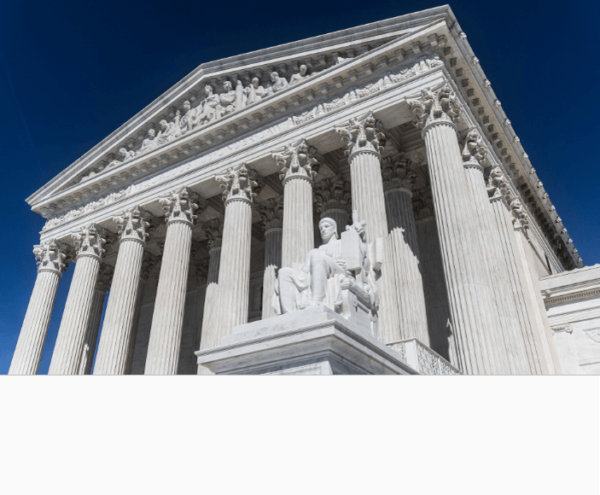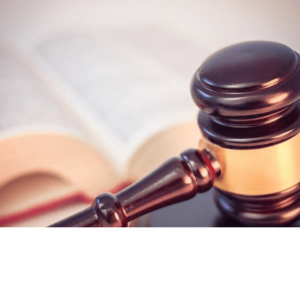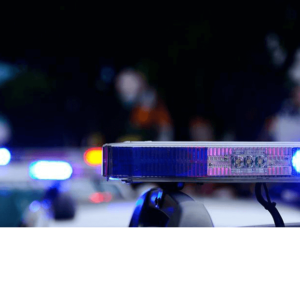- 1.1: Explain what criminal procedure is and why it is important to the criminal justice system.
- 1.2: Discuss how a case moves through the criminal justice system from the police, to the prosecutor and eventually into the court system.
Criminal Procedure
This course provides an overview of the rights, statutes, and rules that govern the criminal justice system in the United States, as well as the sources of these procedures. Criminal procedure is derived from state and federal constitutions, statutes passed by legislative bodies, rules created by rules committees, and judicial bodies and the precedent they set. These procedures exist to balance competing interests within the criminal justice system to produce fair outcomes. Throughout the course, students will gain an understanding of how criminal procedures guide law enforcement encounters with the public and criminal cases as they move through the criminal justice system. Students will gain an appreciation for the complexities of applying these procedures to real life cases, the evolving nature of criminal procedure, and the consequences when criminal procedures are not followed.
Learning Objectives/
- 2.1: Evaluate the Federal and State Constitutional sources of criminal procedure.
- 2.2: Examine criminal procedure as a construct of rules and statues.
- 2.3: Analyze court based criminal procedure.
- 3.1: Analyze stop and frisk.
- 3.2: Assess search and seizure.
- 3.3: Evaluate detention and arrest.
- 4.1: Examine the legal requirements for a stop and brief detention.
- 4.2: Appraise the extent of permissible searches during a stop.
- 5.1: Analyze the probable cause and warrant requirements for an arrest.
- 5.2: Distinguish circumstances of warrantless arrests from warrant requirements.
- 6.1: Analyze the probable cause and warrant requirements for seizure of property.
- 6.2: Distinguish circumstances of warrantless seizures from warrant requirements.
- 7.1: Evaluate special exceptions to probable cause requirements in the context of administrative searches, immigration searches, workplace searches and school searches.
- 7.2: Compare special needs exceptions to other search requirements.
- 8.1: Analyze the effect of custody status on confessions.
- 8.2: Explain Miranda warning requirements.
- 9.1: Distinguish the constitutional requirements for various types of identifications.
- 9.2: Discuss fallacies in identification processes and testimony.
- 10.1: Analyze the exclusionary rule.
- 10.2: Explain suppression of evidence and testimony.
- 11.1: Assess criminal and civil remedies for police misconduct.
- 11.2: Analyze criminal and civil remedies for other state actors.
- 12.1: Analyze charging standards and methods.
- 12.2: Describe arraignment procedure and rights, including rights to notice, grand jury, and preliminary hearings.
- 12.3: Assess pretrial rights, including bail, counsel and discovery.
- 13.1: Assess the process of preparing for a trial and plea.
- 13.2: Describe the trial jury selection process.
- 14.1: Analyze sentencing procedures and requirements.
- 14.2: Assess appellate rights and procedures from plea or trial, including habeas.
- 15.1: Evaluate FISA Court warrants and extra-territorial detention of non-citizens.
- 15.2: Discuss data collection under the USA Patriot Act and post 9/11 criminal procedure.








There are no reviews yet.